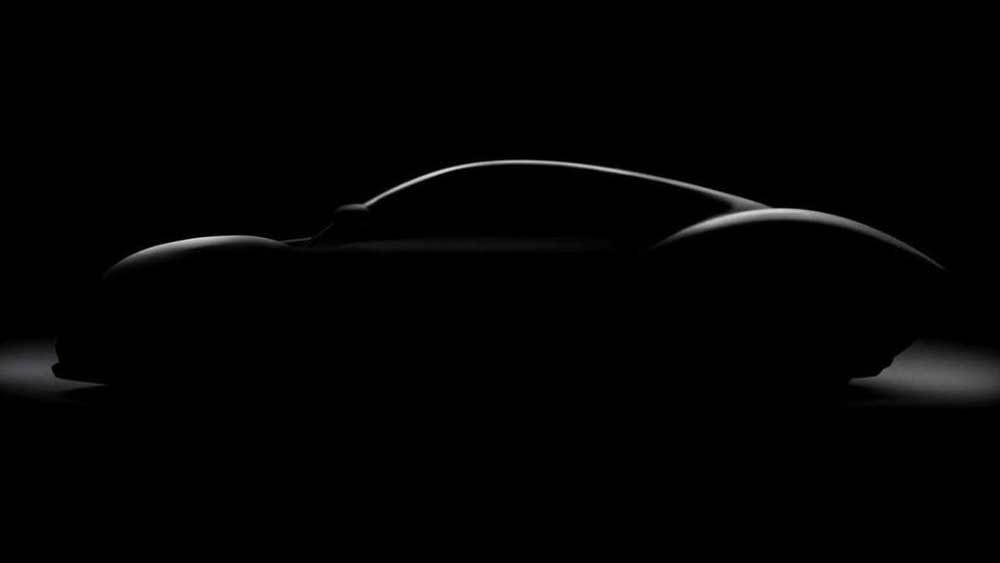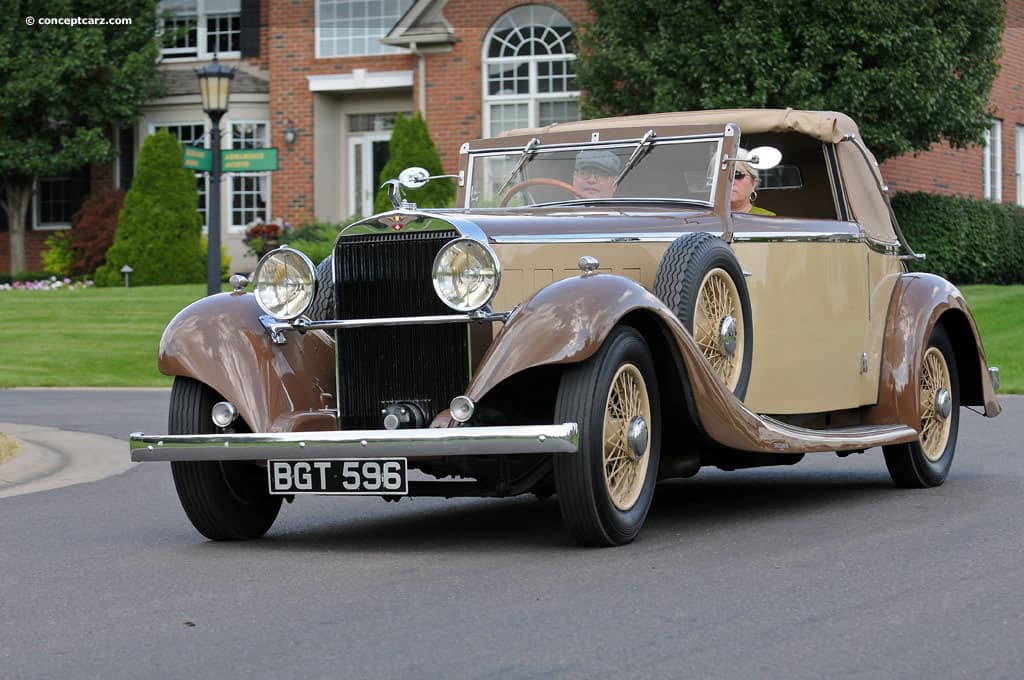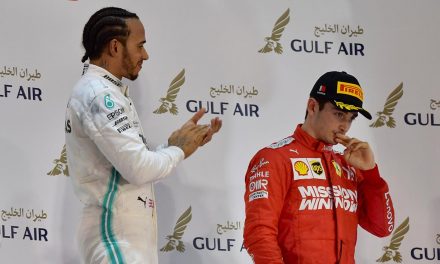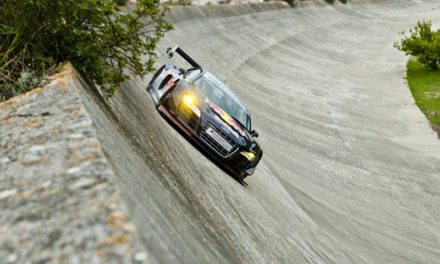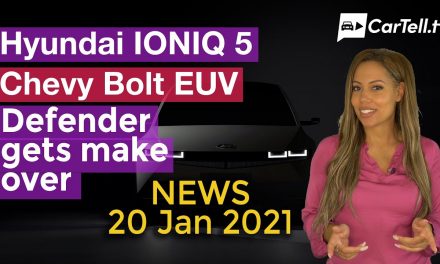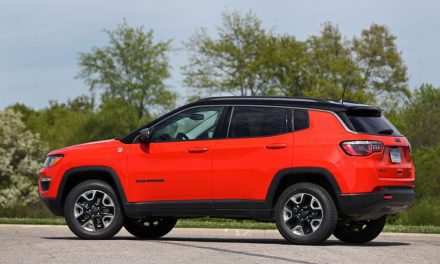VERY few Hispano-Suizas ever arrived in Australia – probably not more than five or six – but the historic Spanish car maker is making a kind of coals-to-Newcastle comeback – and some of its electric supercars could well end up on the streets of Sydney, Melbourne, Perth, Brisbane or Woop-Woop.
Hispano-Suiza started life building electric cars back in 1898, switched to petrol power in 1904, and currently it has electric in its sights once again.
The brand, accepted by many as better than Rolls-Royce, was founded by Emilio de la Cuadra and Swiss engineer Marc Birkigt and built its cars in Barcelona as well as in three other centres in Spain.
They were big-bore machines, with engines ranging from 3.6 to 7.4litres and could go like the clappers. Some went to specialist bodybuilders who produced some truly beautiful cars.
King Alfonso XIII was keen to help the fledgling manufacturer, and several of the luxurious ones ended up in the royal garage.
The move also inspired some red-blooded Spaniards to buy, and race them, many with considerable success.
In 1910 a Hispano-Suiza scored a win at the French Coupe de L’Auto race, so the company named a sports touring version after King Alfonso.
The ‘Alfonso’ Hispano-Suiza evolved over the next two years, usually fitted with a 3.6 litre side-valve ‘T-head’ engine with tremendous low-speed torque.
With a four-speed transmission, the Alfonso was good for about 130 km/h.
In 1911 the company opened a factory at Levallois-Perret, close to the lucrative markets of Paris.
The Spanish factories concentrated on more basic models and commercial vehicles, while the French factory turned out the desirable Hispano Suizas.
The first of the entirely French-conceived types was the Marc Birkigt designed H6B of 1919.
By this time Birkigt had spent a lot of time in and around Paris, and he had gained an insight into what wealthy French expected of a luxury car.
So Birkigt developed an advanced 6597cc six-cylinder engine, which was effectively half of an intended military V12 aero-engine. The cylinder block was in aluminium, with steel liners and overhead cam.
The car’s substantial weight and performance was kept in check by the first successful use of four-wheel brakes with a mechanical servo. The system was so good that Rolls-Royce bought a licence to use it on their own cars.
The H6B did well in motor sport and a short-wheelbase model was called the Monza after a victory at the Italian circuit in 1922.
In 1924 and 8.0 litre racer called the Boulogne, or H6C Sport was launched and Woolf Barnato used one to set a swag of international records with it, including 300 miles at Brooklands at an average 92.2 mph – or 148 km/h.
H6s were built up to 1931, alongside the some French-built V12 models, big, fast luxury cars for the wealthy.
Only 16 H6C Boulognes were ever built, nine of them specifically for racing, but many standard H6Bs were fitted with the same type of 8.0 litre engine, which made them as fast as the Boulognes, though the handling on the longer wheelbase versions was never as good.
Only about 3000 Hispano-Suizas were built in France, a few of the more exotic types were also made under license by Skoda of Czechoslovakia, and by an Argentinian company until 1942.
In 1946, Hispano-Suiza sold off its automotive assets to Pegaso, another Spanish brand.
One of the few that made it to Australia was sold at auction in 2015.
It was a 1924 H6B saloon that fetched $170,000.
Another, in cabrio form, made the pages of a Sydney newspaper in 2011 and a third was known to have once been owned by a farmer in Toodyay, in country Western Australia.
The reborn car for 2019, was shown only as a sketch bearing lines similar to that of the streamlined supercars of the 1930s.
Miguel Suqué Mateu, great-grandson of one of the company’s founders, said: “when Hispano Suiza started, it built an electric car.
“Now, 119 years later, in March 2019, Hispano Suiza has its first 100% electric car.”
The project is backed by Grup Peralada, a Spanish conglomerate mainly known for its leisure and culture businesses.
Will the product be as iconic as the ones of King Alfonso’s time?
It will, for sure, be a lot quieter. And probably even more expensive. And it will definitely not bear the impressive bonnet ornament of a graceful stork, whose beak probably pricked many an errant pedestrian in Paris, Barcelona and elsewhere.

